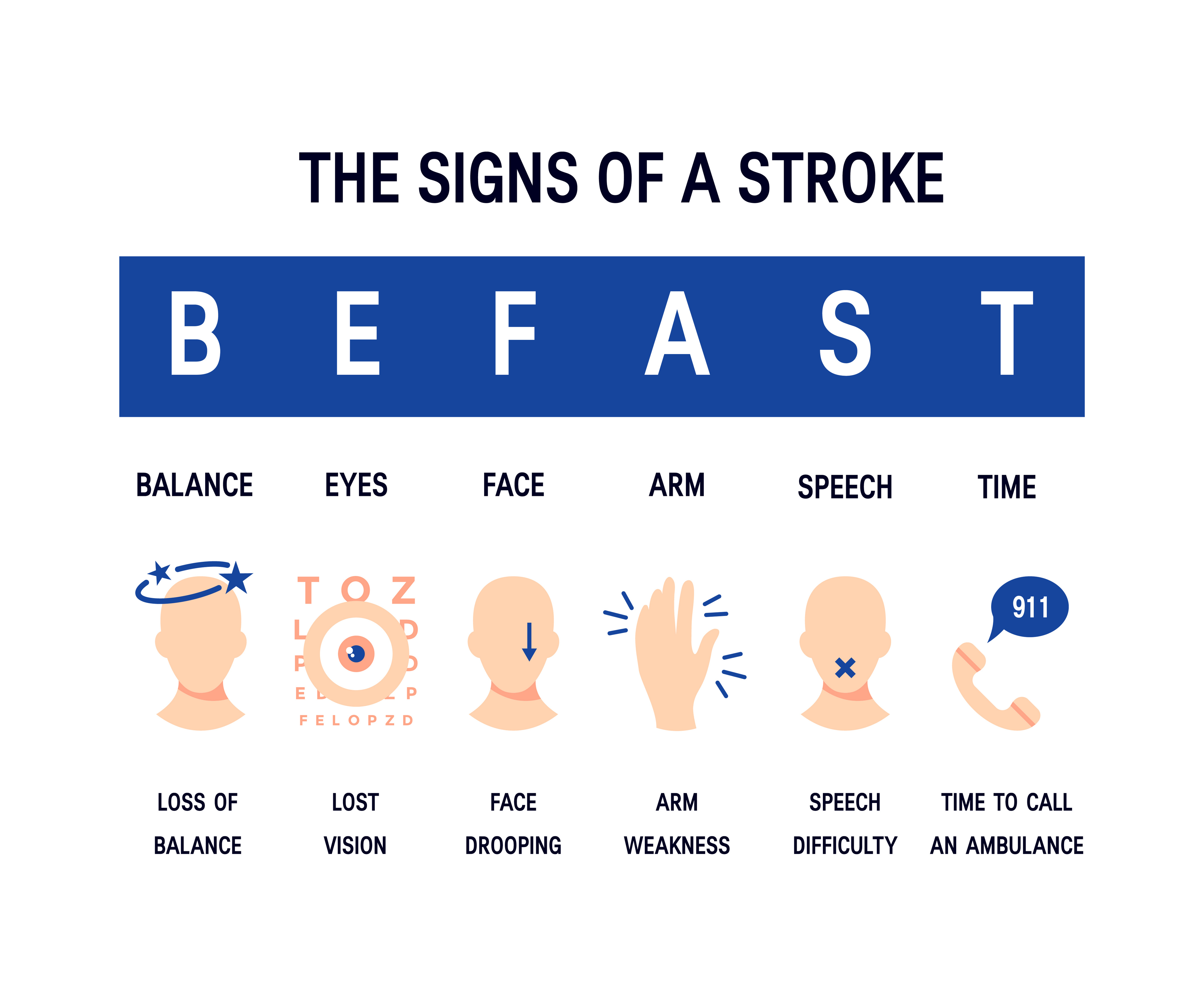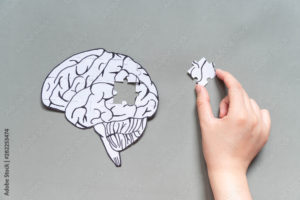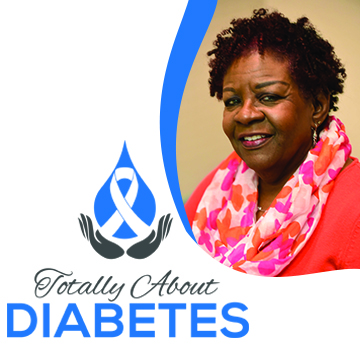 May is Stroke Awareness Month
May is Stroke Awareness Month
May is Stroke Awareness Month. Stroke is one of the most disabling conditions and the 7th leading cause of death in the United States. 6 out of 10 middle age adults have chronic health problems. Diabetes and high blood pressure are two of the most common chronic health problems.
Stroke is one of the complications that can occur with uncontrolled blood pressure or uncontrolled diabetes.
How does a stroke happen?
Infact stroke or hemorrhagic stroke are the 2 types that can occur. The infarct stroke is caused either by a clot blocking circulation of a vessel to the brain. The hemorrhagic stroke is generally caused by a ruptured or leaking aneurysm in the brain. There is a 2 hour window of time for rescue emergency intervention to be used. Time is needed for complete assessment including CT scan of the brain to determine the type of stroke.
What is the treatment that occurs in the hospital?
People with suspected strokes need to get to the hospital and evaluated as soon as possible. A full assessment, CT scan, and lab work is essential. An infarct stroke can be given TPA or clot dissolving medication if the time is 2 hours or less from onset. After this treatment, patients stay in the hospital for several days to ensure they are stable. If they have any residual problems or deficits, rehabilitation is needed to try to restore as much function as possible.
Hemorrhagic strokes are surgical emergencies. The neurosurgeon can cauterize, clip or infuse medicine in the area that is bleeding. These methods will stop the bleed.
Learning the signs and presenting symptoms is essential for early intervention.
Signs of Impending or Occurring Stroke
BE FAST is the acronym to remember for stroke signs or symptoms.
B Balance – person may fall or have trouble standing
E Eyes – person may complain of vision problems or vision loss
F Face – facial drooping or mouth twisted
A Arm – Unable to raise arm
S Speech – Incoherent or garble speech
T Time – Call 911 to get person to emergency medical services.
Time is of the essence to avoid long-term or permanent complications.
Case Study 
First Occurrence – Unexpected
A 55 year old black male was getting ready for work and fell. This was the first red flag.
He was unable to get up. Thankfully his wife was home and she called 911 for EMS. The clock starts ticking when the first symptom occurs. Unfortunately this occurred during COVID. The hospital was filled with COVID patients, so other emergencies took the back seat. He should have been taken to the ER immediately, but EMS did not feel he was having a stroke and did not take him to the hospital.
Plan B – Go For Professional Services
His wife then took him to his primary provider but he was not seen by his regular provider. The provider he saw did not know him. His wife told them that his inability to walk is a new occurrence. A full assessment is limited in the office, so additional testing was scheduled. Unfortunately, the patient suffered a massive stroke the next day and has permanent paralysis of his right side.
That is why it is important to go to the hospital or higher level center to have full blood work and CT scan immediately.
Time is of the essence. Time loss =brain cell loss.
It is important for family or other people present start recording their observations – writing down how the victim was acting. That is why the acronym BE FAST is a guide.
How does diabetes relate to stroke?
One of the main complications of uncontrolled diabetes is stroke. People with diabetes are 1.5 times more likely to have a stroke than people without diabetes. High blood pressure and narrowing of the arteries are more prevalent in people with diabetes. High blood sugars cause thick blood and thick blood has the increased incidence form clots. Infarct strokes are more common in people with diabetes than the hemorrhagic type.
Call To Action
To decrease the risk of stroke, diabetes and blood pressure control is of the utmost importance. New habits would be helpful. You can get into the habit of checking your blood sugar at least twice a day. I recommend fasting and one reading 2 hours after eating one meal. Another habit to develop is blood pressure monitoring. You should check your blood pressure once a day, after taking your medicine. These readings should be recorded so they can be shared with the doctor or provider.


Recent Comments